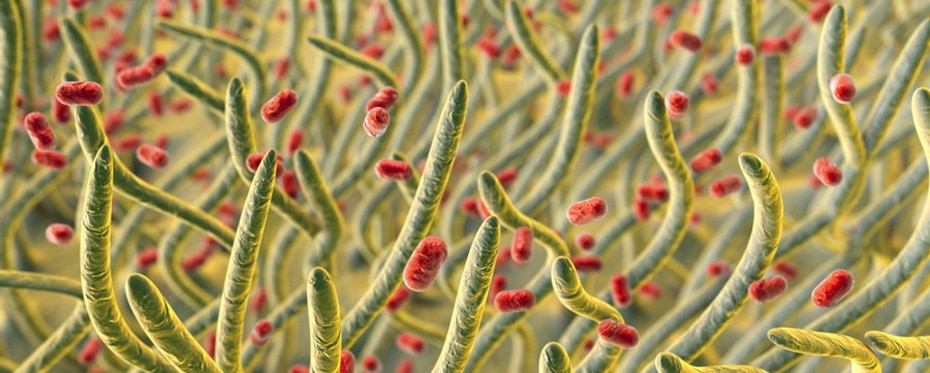Tag: Fungal pathogen
Understanding plant pathogens using optical mapping

Macrophomina phaseolina MS-6 is a fungal pathogen responsible for causing a plethora of despairing diseases in more than 500 host plants, such as jute. A detailed study of the organism is vital for understanding mechanisms of infection in these plants. Whole-genome sequencing can aid this process and provide a better understanding of MS-6. Previously used sequencing methods like next-generation sequencing […]
Read More… from Understanding plant pathogens using optical mapping
Tools to not rot jute: Solving a fungal problem

Jute is grown in Bangladesh for its fibres to manufacture various goods for everyday use. Along with environmental challenges, jute faces a devastating threat from the fungal pathogen Macrophomina phaseolina, which causes stem rot. Jute yields can be reduced by 30% with this disease. The long life of the fungus in the soil and seeds prevents the efficient control of […]
Read More… from Tools to not rot jute: Solving a fungal problem
Proteomics reveals new possibilities in the fight against infection

The work of Dr Jennifer Geddes-McAlister at the University of Guelph investigates the interactions between hosts and pathogens to uncover new treatment options to combat infections. Her lab uses a range of techniques centered around proteomics, the study of proteins, to progress knowledge of fungal and bacterial infections in humans and agricultural crops. The results of this research can be […]
Read More… from Proteomics reveals new possibilities in the fight against infection